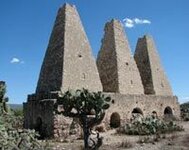lamar
Bronze Member
- Aug 30, 2004
- 1,341
- 46
Dear bob631;
Goodnight my old friend, and before you retire for the evening, might I suggest a bit of rejoicing, for you have been enlightened.
Your friend;
LAMAR
Goodnight my old friend, and before you retire for the evening, might I suggest a bit of rejoicing, for you have been enlightened.
Your friend;
LAMAR


 give the picture of yourself a kiss good night when you go to bed, and if you feel like you've been slandered have your lawyer call me and we'll talk about the acid trip comments, I know how to save this stuff too.
give the picture of yourself a kiss good night when you go to bed, and if you feel like you've been slandered have your lawyer call me and we'll talk about the acid trip comments, I know how to save this stuff too. 





